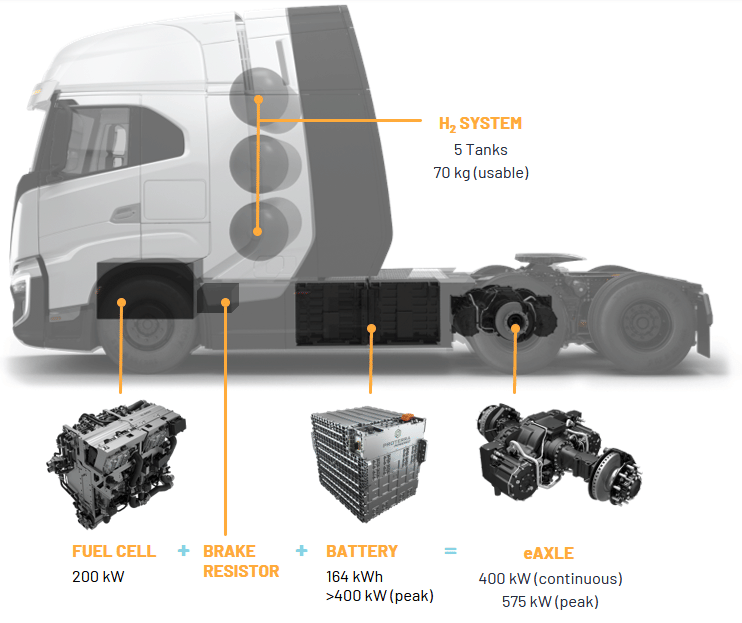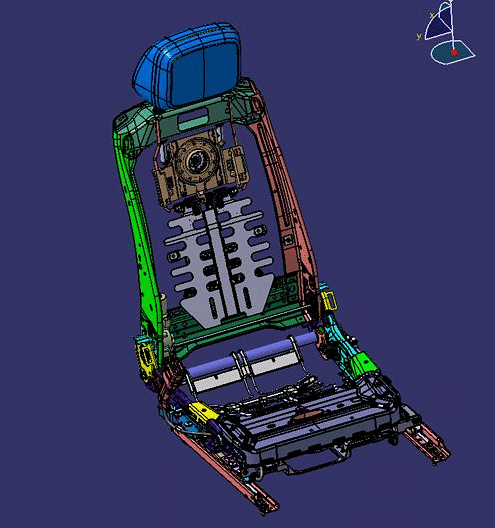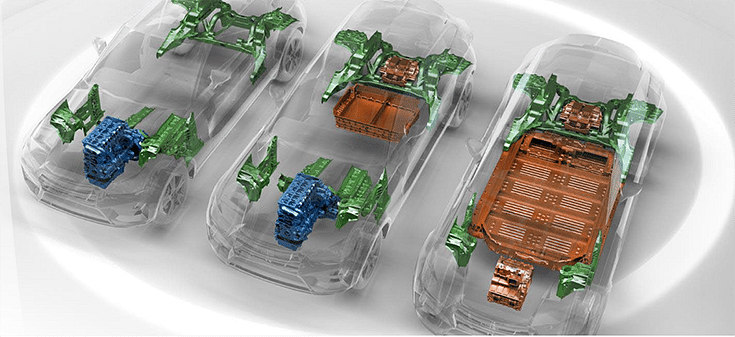ArcelorMittal, Marelli and Toyota among winners of 2023 Altair Enlighten Award
The Altair Enlighten Award honour the greatest sustainability and lightweighting advancements that successfully reduce carbon footprint, mitigate water and energy consumption, and leverage material reuse and recycling efforts.
Altair, a global leader in computational science and artificial intelligence (AI) has named the winners of the 2023 Altair Enlighten Award.
Presented in association with the Center for Automotive Research (CAR), the Altair Enlighten Award honour the greatest sustainability and lightweighting advancements that successfully reduce carbon footprint, mitigate water and energy consumption, and leverage material reuse and recycling efforts.
“The Altair Enlighten Award is a special award that showcases how the automotive industry’s leading minds – from the biggest names to its newest startups – are applying advanced technologies and responsible AI to create a better, greener industry,” said James R. Scapa, founder, and chief executive officer, Altair. “Lightweighting, optimization, and sustainability are more important than ever in the modern automotive industry. Altair is proud to honor the innovations that will drive the future of a sustainable industry.”
“As always, we’re honored to be presenting the Enlighten Award together with Altair, and we look forward to seeing what innovations this year’s submissions bring as we work towards a more sustainable automotive ecosystem,” said Alan Amici, president, and chief executive officer, Center for Automotive Research.
The complete list of all winning organizations, runners-up, and honorable mentions are below.
CATEGORY: SUSTAINABLE PRODUCT
Winner (Passenger Vehicle): Polestar – Polestar 2 MY24
The 2024 Polestar 2 features next-generation electric motors, quicker charging, greater efficiency, and longer range — now up to 654 kilometers as measured by the Worldwide Harmonized Light Vehicle Test Procedure (WLTP).
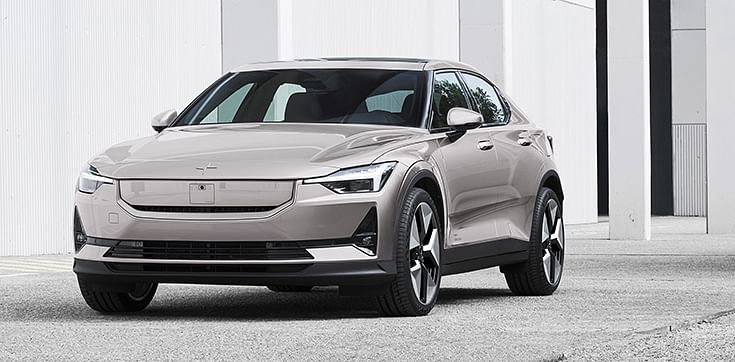
Despite the significant increases to performance, range, and efficiency, the Polestar 2 also boasts a reduced carbon footprint, with some versions now producing up to three tons less carbon dioxide compared to the launch version released in 2020. In addition, Polestar uses blockchain technology within its supply chain to expand raw material traceability and address social and environmental issues.
Winner (Class 8): Nikola Corporation – Nikola Tre FCEV
When developing the new Nikola Tre FCEV, Nikola emphasized recycling – 100% of car scrap produced in the production of pre-consumer batteries was recycled and/or reused, and 100% of hazardous waste produced during production was safely recycled.
Nikola also implemented a circular reuse program for all battery pallets, and the vehicle manufacturing process consumed no water.
Runner-up: Lucid Motors – Lucid Air Sedan
California-based EV manufacturer Lucid Air has launched its flagship Lucid Air sedan, which has broken industry records for range, charging speeds, aerodynamics, and performance.
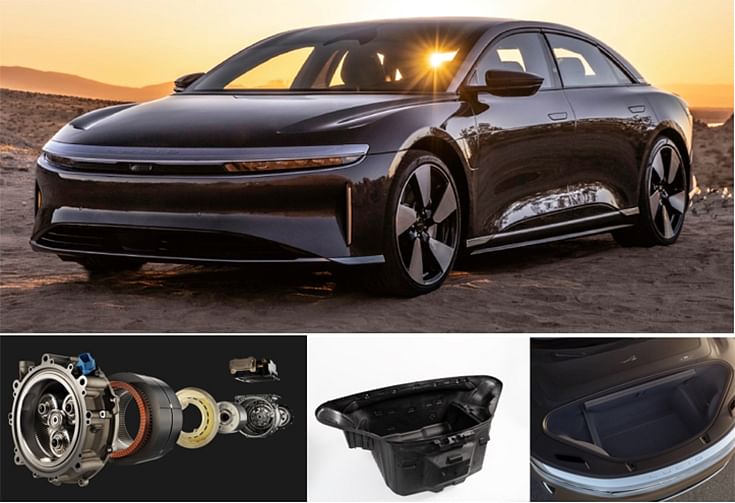
The Lucid Air lineup — with its core technology designed and engineered completely in-house — can add 300 miles of range in just 22 minutes of charge, carries an industry-leading aerodynamic drag coefficient of 0.197, and includes trims with an EPA-estimated range of up to 516 miles and mileage efficiency of 4.6 miles per kilowatt-hour.
Sustainable Process
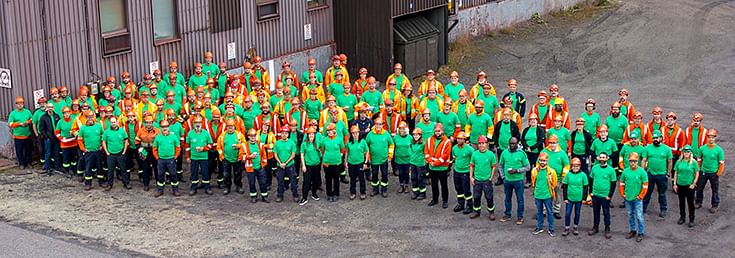
Winner: ArcelorMittal – Use of Biomass for Carbon-Neutral Steelmaking
The ArcelorMittal Port-Cartier pellet plant became the first in the world to substitute pyrolytic oil for heavy fuel oil on a continuous basis. By using this biofuel, produced locally by BioÉnergie AE Côte-Nord Canada, ArcelorMittal not only reduces its emissions but builds a true regional energy ecosystem by uniting the two great resources of the Côte-Nord region, iron and forest.
Runner-up: Brose Antriebstechnik GmbH, Co. Kommanditgesellschaft, Berlin – Reman-Drive - Remanufactured E-Bike Drive
Brose introduced a remanufactured, lower-cost drive that saves 21 kilograms (46.2 pounds) of carbon emissions per unit, while maintaining quality standards.
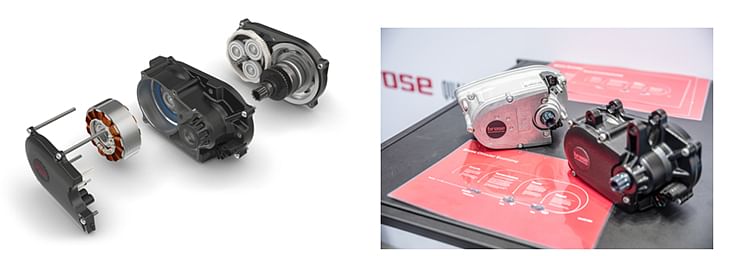
The process recovers and restores previously sold, worn-out, or non-functional products to “like new” conditions and saves material, costs, and carbon emissions.
Honorable Mention: Kasai Kogyo Co. Ltd. – Kasai Hi-Papia, Kasai Original Sustainable Material
Kasai Hi-Papia (KHP) is composed of 100% recycled polypropylene (PP), polyethylene terephthalate (PET), and pure talc. In addition, material scrap from the KHP manufacturing process is reused.

KHP has helped spread the recycling plastic market and reduce the amount of material needed by fabric manufacturers. KHP’s adaptable production system enables higher flexibility to support different recyclable plastic contents in various regions.
CATEGORY: RESPONSIBLE AI
Winner: Volteras – A Novel Way to Connect the Electric Vehicle Ecosystem
Volteras’s API gives businesses access to electric vehicle (EV) ecosystem data with a two-week integration that would take organizations years to integrate otherwise.
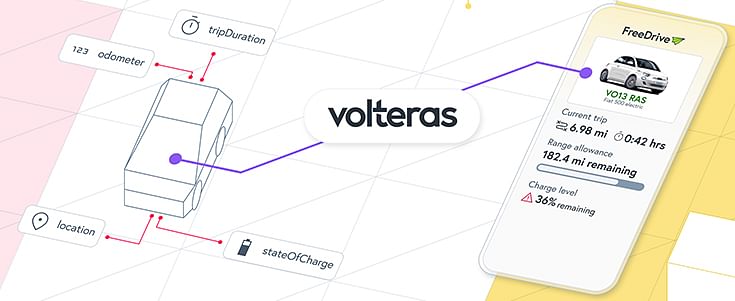
Its products allow organizations to reduce energy waste and emissions, better manage EV fleets, optimize charging across home chargers using its smart charging algorithms, and more.
CATEGORY: ENABLING TECHNOLOGY
Winner: Toyota, BASF Corp, and US Farathane – World’s First Adoption of Resin Frame for IsoDynamic Seat
Toyota converted more than 17 multi-piece steel parts into just one molded part, thus using far less raw material and decreasing waste. In addition, the process also generated an estimated 20% cost reduction and a 30% weight reduction. In addition, this is the world’s first adoption of lateral, vertical, and horizontal dynamic motions with adjustable dampers for the driver and passenger seats in off-road vehicles.
Runner-up: NIO – HPDC Material and Processing Methods for Efficient Structural Design
With the goal of minimizing environmental impact, NIO used a new alloy material that doesn’t require heat treatment, and used a more accurate, more efficient laser cleaning process.
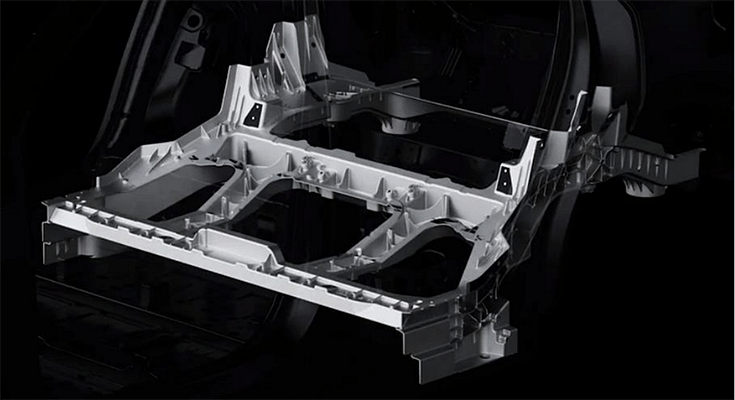
These changes reduced part mass by 31%, reduced part count by 98% (turning 54 stamped parts to one), and slashed manufacturing time by 60%.
CATEGORY: MODULE LIGHTWEIGHTING
Winner: Toyota, Adient, and Multimatic – IsoDynamic Seat, Accra® SuperStructure
Multimatic's Accra technology is a high-volume, hot-form manufacturing process that uses form blow hardening (including rapid water quenching) to manufacture ultra-high strength (boron) steel.

Thanks to these production adjustments, the process reduced mass by 17%, reduced packaging space by 40%, and increased torsional load strength in key areas by 30%.
Runner-up: Nemak – BMW HPDC E-Bracket
Nemak developed a new alloy material for high-pressure die casting (HPDC) and reduced the BMW E-bracket’s overall weight by 30%, resulting in a final weight of 16.74 kilograms (36.9 pounds).
CATEGORY: FUTURE OF LIGHTWEIGHTING
Winner: Marelli – Lightweight Urethane for Interior Products

Marelli developed a new lightweight polyurethane foam that can be applied to all foam-in-place (FIP) applications, particularly the main dashboard panel. It reduces part mass by 40% with new tooling, 8% from current tooling, and reduces volatile organic compounds (VOCs) by 80% compared to the current polyurethane foam in use – all while retaining a high-quality feel and appearance.
Runner-up: Solvay Specialty Polymers – Ajedium PEEK Slot Liners
Ajedium PEEK slot liners can reduce battery pack weight by 12 kilograms (36.4 pounds) and the e-motor size by 4 kilograms (8.8 pounds). Additionally, there’s no requirement for high-power dedusting equipment or climate-controlled storage to prevent moisture uptake – which reduces energy consumption – since PEEK slot liners can be inserted via existing equipment.
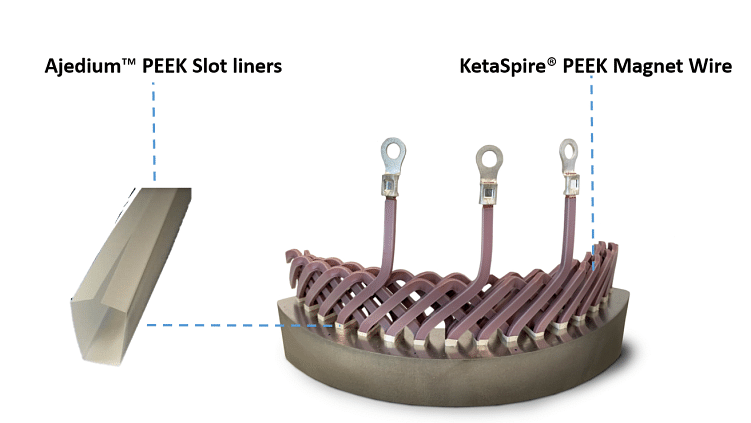 The reduction in aluminum casting motors uses less energy and material than before.
The reduction in aluminum casting motors uses less energy and material than before.
Honorable Mention: WorldAutoSteel, Ricardo plc – Steel Body Structures for Fully Autonomous Vehicles
As the world’s first autonomous vehicle constructed to fulfill the most stringent crash requirements, WorldAutoSteel and engineering partner Ricardo developed this concept vehicle that features a 282-kilogram (621.7-pound) body structure, and a 25% mass reduction over an expected reference vehicle. It also has the potential to reduce total lifecycle carbon emissions by 86%, which will help meet global net-zero goals.
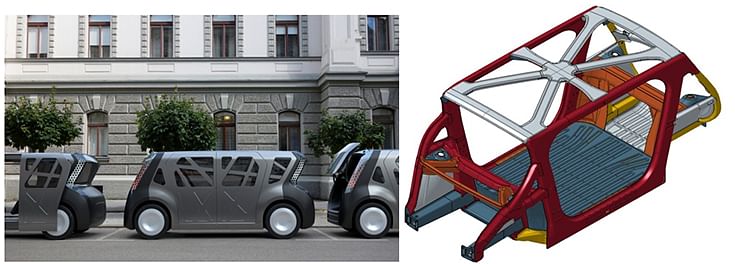
Honorable Mention: Michigan Technological University for Auto/Steel Partnership – Steel E-Motive Side Closure Mechanism
By developing this mechanism using advanced high-strength steel (AHSS) instead of aluminum, there is the potential to reduce carbon emissions by 3x while also reducing manufacturing costs.
RELATED ARTICLES
Volkswagen Group sells 465,500 BEVs worldwide in first-half 2025, up 47%
With strong growth in Europe (+89%) and the USA (+24%), despite a sales decline in China (-34%), the VW Group’s global B...
Skoda begins sale of made-in-India CKD Kushaq in Vietnam
Before production started, pre-series Kushaq vehicles covered over 330,000 kilometres on a variety of Vietnamese roads a...
Six Japanese companies join forces to expand use of recycled materials in new vehicles
Denso, Toray Industries, Nomura Research Institute, Honda Motor, Matec Inc and Rever Corporation have set up the BlueReb...





 By Autocar Professional Bureau
By Autocar Professional Bureau
 02 Aug 2023
02 Aug 2023
 6249 Views
6249 Views




